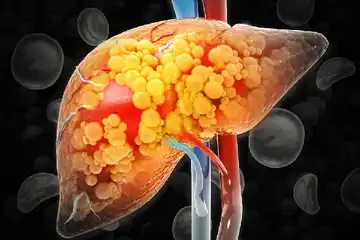What is LAMBERT-EATON MYASTHENIC syndrome?
Lambert-Eaton Myasthenic syndrome (LEMS) is an autoimmune disease marked by gradual onset and worsening of muscle tiredness of the limbs, especially of the pelvic area and the thighs. It is found that up to 60% of the cases are related to cancer of the lungs. It is mostly seen in the elderly and those with a past history of smoking. The incidence of LEMS is 46 times less than myasthenia gravis, the most common muscle-related autoimmune disorder. It is seen more commonly in men (60%-75%) than females.
What are its main signs and symptoms?
The primary symptoms of LEMS include muscle tiredness in the upper part of the legs and the area around the hip. Inability to move one or both the legs is another common symptom. The shoulder and the arms may also be affected in this condition. The symptoms of LEMS are similar to symptoms seen in myasthenia gravis such as eye muscle weakness and weakness of muscles needed for talking, eating, and swallowing but the intensity is mild. Some patients may experience dryness of mouth, decreased libido, less sweating, and constipation.
What are its main causes?
There are two types in this disease:
- Associated with cancer
- Not related to cancer
In most cases, the condition is a result of small cell lung cancer. The body’s immune system mistakes healthy tissues as a foreign body and produces inflammation against them.
How is it diagnosed and treated?
It is mainly detected by means of clinical physical examination, electrophysiologic tests of muscles if needed, and tests for antibodies. Electromyography may be ordered to check the electrical activity of the muscles. Anti-VGCC antibodies might need to be tested to confirm the condition as they are positive in persons with small cell lung cancer. Small cell lung cancer screening may be ordered along with chest imaging scans such as computed tomography (CT) or positron emission tomography (PET).
Treatment of LEMS is different for different people based on their age, overall health condition, and any associated cancers. Currently, no curative treatment is available for LEMS. Several cholinergic drugs and anticholinesterase agents may be used for treatment.
LEMS is a condition which may get better if the underlying cause is treated first. One may get rid of the symptoms if the proper cause is identified. If not treated properly, it can lead to complications and symptoms may aggravate.
















